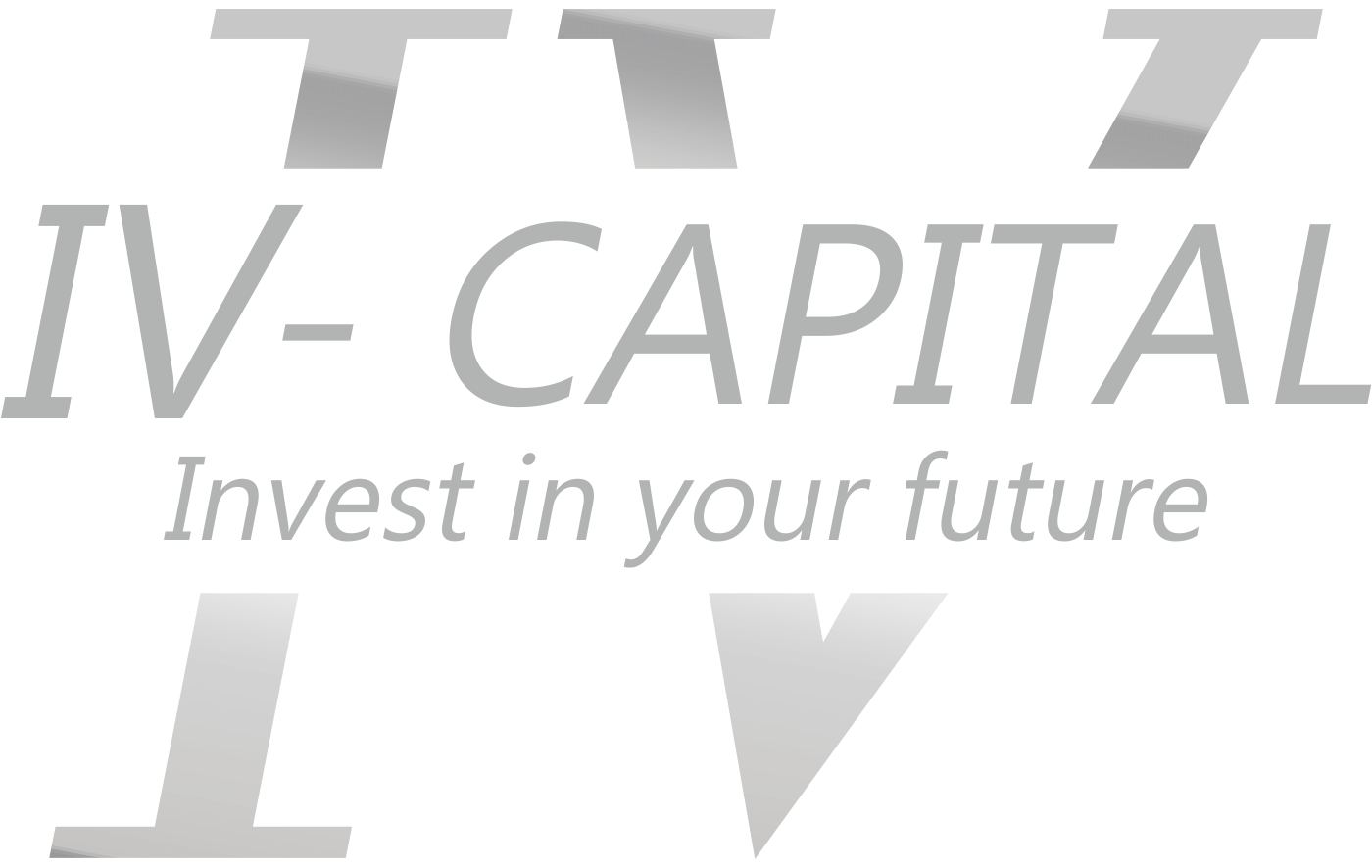Launching and growing a business often hinges on securing the right funding. As an entrepreneur, navigating the complex landscape of investment options is a crucial aspect of turning your vision into reality. This guide aims to shed light on the various funding avenues available, helping you make informed decisions that align with your business goals and aspirations.
Understanding Your Funding Needs
Before delving into the funding options, it’s imperative to conduct a thorough assessment of your business’s financial requirements. What are your startup costs? How much capital is needed for initial operations and to sustain the business until it becomes profitable? Clearly defining your funding needs is the foundational step in the entrepreneurial journey.
Bootstrapping: Starting Small and Scaling Gradually
For some entrepreneurs, the journey begins with bootstrapping, a self-funded approach where the founder invests their savings or revenue generated by the business. Bootstrapping allows for autonomy and control but might limit the pace of growth. However, many successful businesses have thrived by starting small, proving their concept, and then seeking external funding for expansion.
Friends and Family: Personal Connections as Initial Investors
An often overlooked but accessible funding source for entrepreneurs is friends and family. This form of investment typically involves borrowing money or receiving equity investment from those close to you. While it can be a quick way to secure initial funds, clear communication and transparency are crucial to maintaining personal relationships alongside business transactions.
Angel Investors: Bringing Expertise Alongside Capital
Angel investors are affluent individuals who provide capital for a business start-up in exchange for convertible debt or ownership equity. Beyond financial support, angel investors often bring valuable industry expertise, mentorship, and networking opportunities. Building a relationship with angel investors is not just about securing funds but establishing a strategic partnership for long-term success.
Venture Capital: High-Impact Investment for High-Growth Ventures
For businesses with high growth potential, venture capital (VC) might be an attractive option. Venture capitalists pool funds from various sources to invest in startups and small businesses with significant growth potential. In return, they receive equity in the company. While VC can provide substantial capital, it often involves giving up a degree of control and equity.
Crowdfunding: Harnessing the Power of the Masses
In the digital age, crowdfunding platforms have democratized access to capital. Entrepreneurs can present their business ideas to a broad audience, and individuals interested in the concept contribute funds in exchange for products, services, or equity. Crowdfunding not only provides capital but also serves as a marketing tool, creating a community around the brand.
Bank Loans: Traditional Financing for Established Businesses
For more established businesses with a solid credit history, bank loans remain a traditional financing option. Banks provide capital in the form of loans with predetermined interest rates and repayment schedules. While this can be a reliable source of funding, the approval process can be rigorous, and interest rates may vary based on economic conditions.
Government Grants and Subsidies: Tapping into Public Funding Programs
In some regions, government grants and subsidies are available to support small businesses and startups. These programs often target specific industries or initiatives aligned with government priorities. While the application process can be competitive, successfully securing a government grant can provide a significant boost to your business.
Strategic Partnerships: Collaboration as a Funding Strategy
Entrepreneurs can explore strategic partnerships where larger companies or organizations invest in or collaborate with a startup. This type of funding goes beyond monetary support, offering access to resources, markets, and distribution channels. Strategic partnerships can be a win-win scenario, with both parties benefiting from the collaboration.
Choosing the Right Path for Your Business: A Holistic Approach
Ultimately, the right funding path for your business depends on a combination of factors including your business model, growth trajectory, and personal preferences. It’s not uncommon for entrepreneurs to use a combination of funding sources at different stages of their business journey. The key is to align your funding strategy with your overall business plan, ensuring that the capital secured contributes to sustainable growth and success.
The journey of securing funding as an entrepreneur is both challenging and rewarding. Each funding option comes with its own set of considerations and trade-offs. By understanding the nuances of each avenue and aligning your funding strategy with the unique needs of your business, you can navigate the funding landscape with confidence. Remember, it’s not just about the capital; it’s about the strategic partnerships, mentorship, and resources that can propel your business toward long-term success. As you embark on this funding journey, may your vision find the support it deserves, and may your entrepreneurial dreams take flight.





